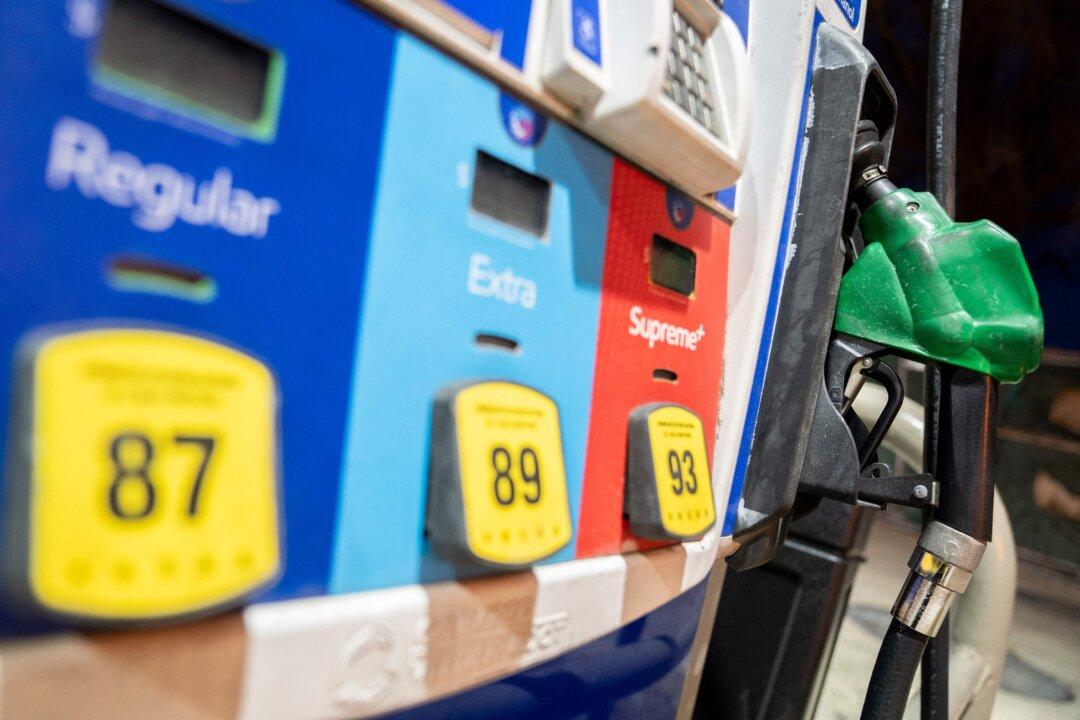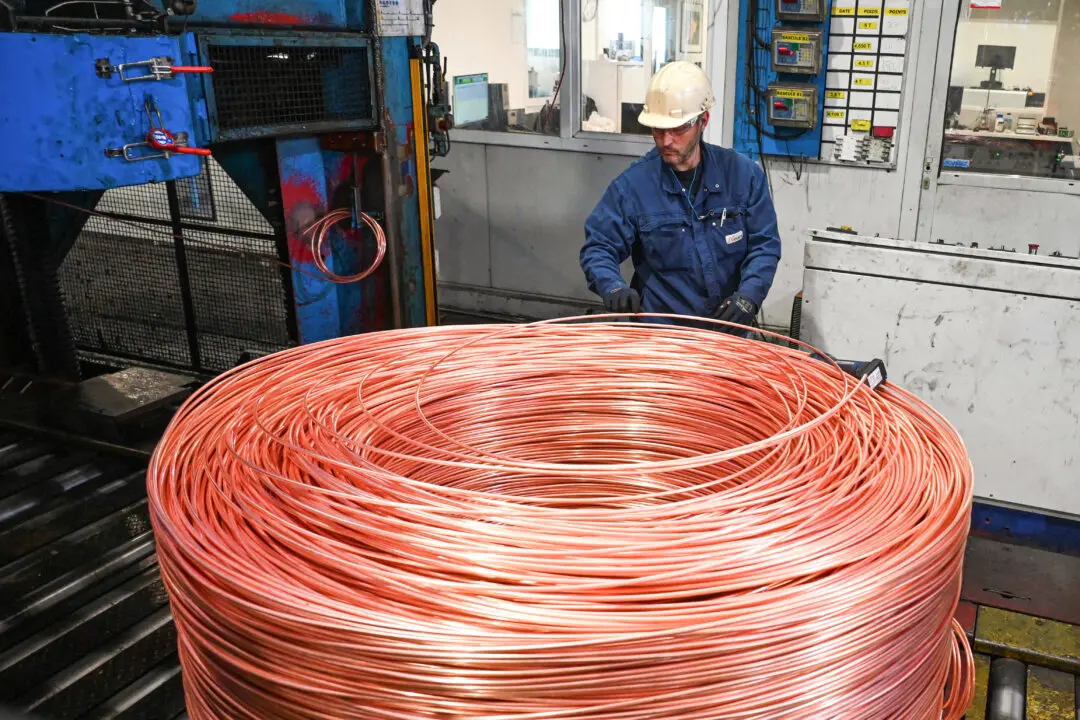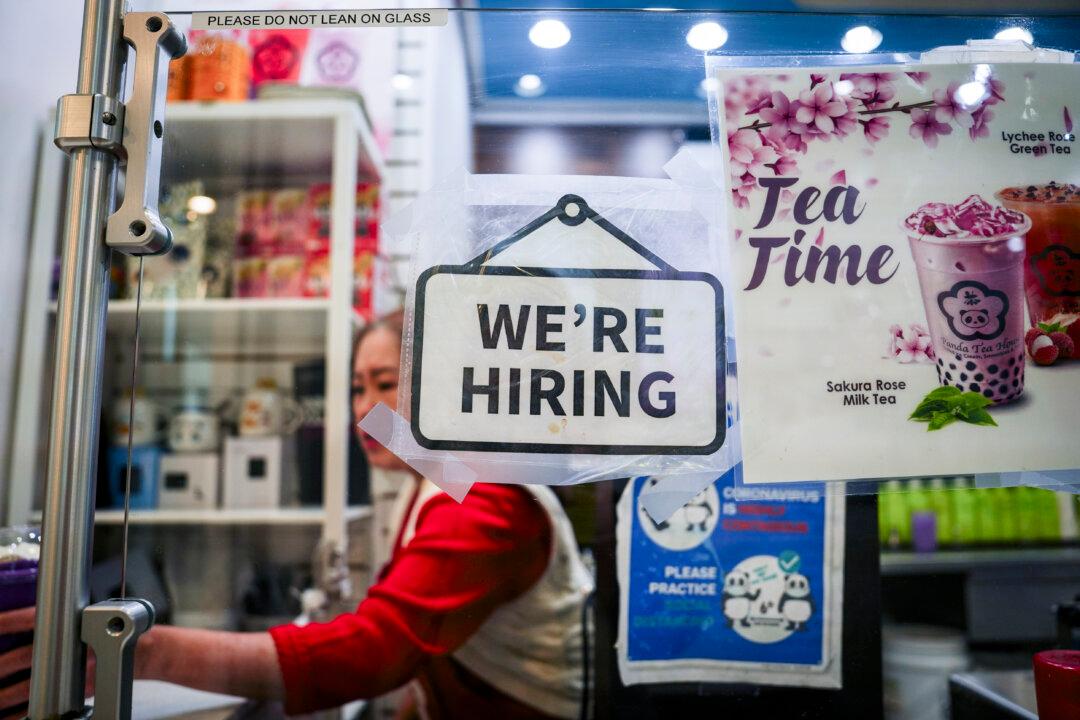Americans could receive monthly payments of $100 for the rest of 2022 in any month when the national average gas prices exceed $4 per gallon, according to a proposal recently introduced by Democratic lawmakers.
Rep. Mike Thompson (D-Calif.), Rep. John Larson (D-Conn.), and Rep. Lauren Underwood (D-Ill.) submitted legislation to provide “energy rebates to individual taxpayers” in response to surging gas prices. The measure, called the Gas Rebate Act, includes an additional $100 for each dependent.





